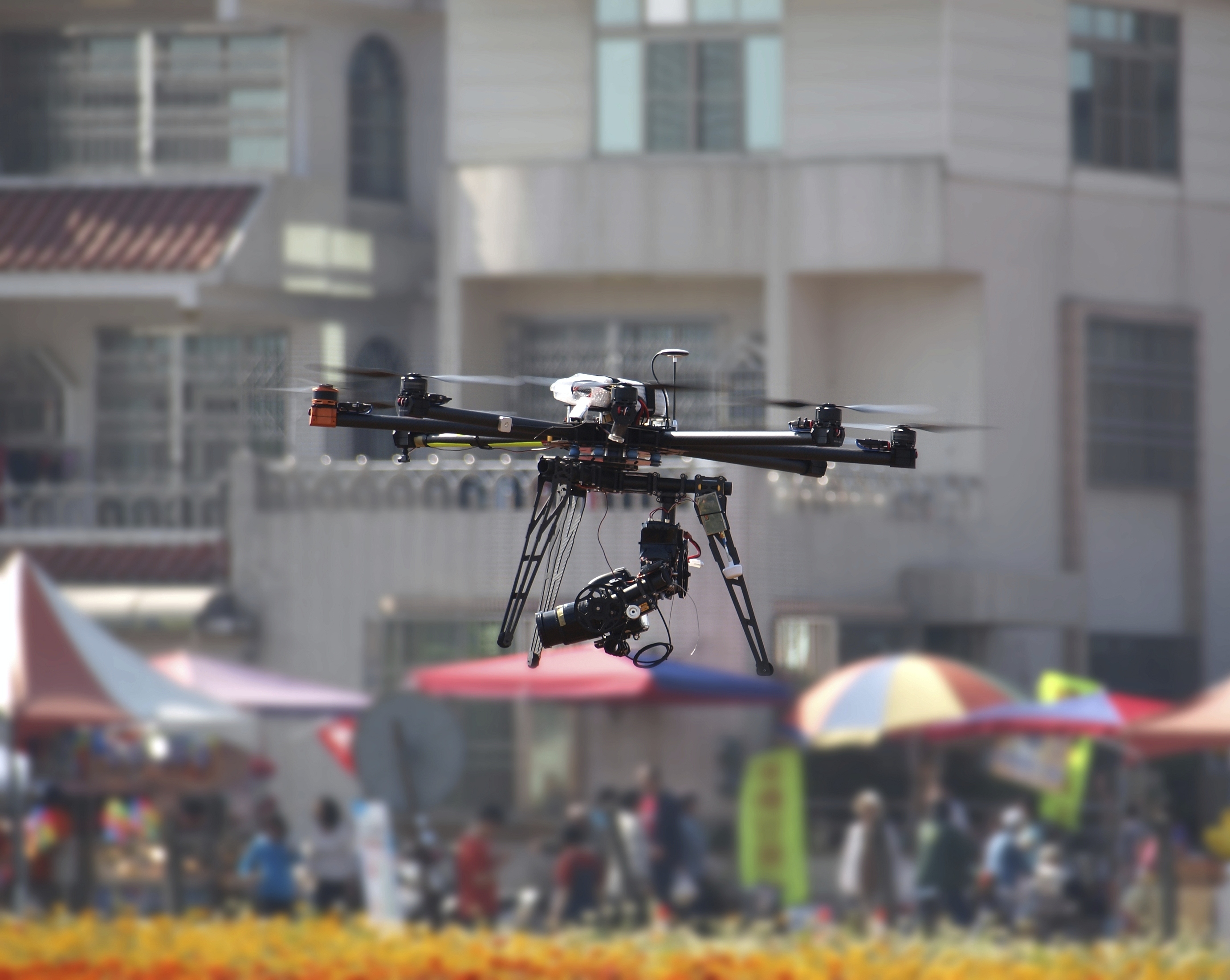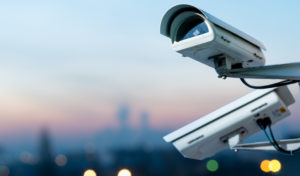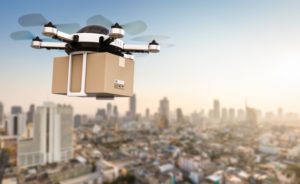
Agency seeks to crack down on rogue drone operators in the face of limited legal authority and resources.
Hundreds of tennis fans gathered for the U.S. Open match between Italy’s Flavia Pennetta and Romania’s Monica Niculescu early this September witnessed an unexpected and controversial spectacle in between sets: a small, black object careening towards the stands. The object was an unmanned aircraft system —better known as a drone—and reportedly operated by a local teacher near the stadium. Although the drone crash-landed into an empty seating area, safety advocates argue that this close call was too close for comfort.
This mishap comes on the heels of other near-miss incidents, prompting renewed calls for the Federal Aviation Administration (FAA) to crack down on rogue drone fliers. Yet some politicians argue the FAA lacks the legal authority and resources to adopt stricter enforcement measures. Thus, questions remain about whether the FAA’s efforts to rein in drone-related accidents are a step in the right direction or simply stopgap measures failing to address key enforcement weaknesses.
The FAA’s lack of regulatory power over drones stems from what some aviation experts call deficiencies in the FAA Modernization and Reform Act of 2012. This law, which Congress enacted to facilitate the integration of drones into U.S. airspace, curbed the FAA’s authority over recreational drones by prohibiting the agency from issuing any regulations on them. The only restrictions that the law places on recreational drones are that they weigh less than 55 pounds, do not interfere with manned aircrafts, are used “purely for recreational or hobby purposes,” and are operated with an airport’s knowledge if flown within five miles of it. Although the FAA has the authority to pursue enforcement action against anyone who violates these rules—by imposing fines, for instance—those who comply with them are essentially given free rein to fly their aircrafts.
Yet the safety hazards that drones allegedly create have sparked concern over the FAA’s lack of legal authority over recreational drones. Reports of drones knocking a woman unconscious at a parade in Seattle, clipping a photojournalist’s nose at a holiday event, and slicing Enrique Iglesias’s hand as he performed during a concert plague the newspapers. Several recreational drones interfered with wildfire operations this summer—at one point shutting down firefighting efforts for an evening—and the number of close encounters between commercial airplanes and drones nearly tripled over the past year.
In light of what legislators say is the FAA’s inability to address these problems, state and local-level officials are taking matters into their own hands. A number of states, such as California, North Carolina and Oregon, have considered or enacted legislation to restrict private drone use in the past year. At the local level, several municipalities passed ordinances that penalize anyone who operates a drone over another person’s property, while some city councilmembers proposed legislation that would ban recreational drones altogether.
The FAA maintains that it, too, is working to reduce the number of drone-related accidents. For example, the FAA is conducting the “Know Before You Fly” educational campaign, aimed at teaching people about the safe operation of recreational drones. The agency also recently launched the beta version of B4UFLY, a smartphone app that would inform people about whether they can safely and legally operate their drones in a given area.
Additionally, the agency has asserted its ability to punish those who violate the FAA Modernization and Reform Act of 2012. It recently issued a notice of interpretation on the special rules for model aircraft, in which it emphasized its authority to take action against anyone who flouts the rule. Indeed, the FAA says that it has pursued dozens of enforcement actions against individuals found in violation of the 2012 law.
Furthermore, the agency announced a reorganization of its staff in order to prioritize enforcement of recreational drone requirements at the same time as it handles a separate set of regulatory challenges involving commercial drones. To that end, the FAA created two executive-level positions tasked with overseeing the safe integration of drones into U.S. airspace, and it recently named the individuals filling these positions.
Some in the aviation industry applaud the FAA’s recent efforts to prioritize drone safety, arguing that it is a sign of progress. “We are encouraged by these actions to bolster the agency’s work to safely integrate [drones] into the National Airspace System,” the National Business Aviation Association stated about the FAA’s recently appointed officials.
Some aviation experts likewise welcome the FAA’s measures, but caution that simply creating new positions within the agency will not solve its problems. “There’s a history of creating separate organizational boxes to deal with whatever the latest safety challenge is,” Kenneth Quinn, former FAA Chief Counsel reportedly has said about the newly-created positions. “I don’t believe that moving boxes represents a panacea to the challenges that the FAA is facing.”
Other critics are pushing back against what they say are temporary measures that fail to address the FAA’s deeper enforcement problems. These problems, they claim, can only be resolved through congressional action. “The FAA needs the ability to set clear rules for when and where consumers can fly drones, require manufacturers to install basic technological safeguards and ensure consumers receive safety information,” U.S. Senator Dianne Feinstein argued. Feinstein recently introduced the Consumer Drone Safety Act with the aim of strengthening the FAA’s authority over recreational drones.
In light of the FAA’s upcoming reauthorization deadline—September 30, 2015—such legislation may figure heavily into lawmakers’ discussions. U.S. Senator Chuck Schumer recently announced his plan to introduce an amendment to the FAA Reauthorization Bill that would mandate the use of geo-fencing technology on drones in order to restrict their flying capabilities. Whether Congress will be able to pass legislation anytime soon addressing drone safety remains to be seen.



